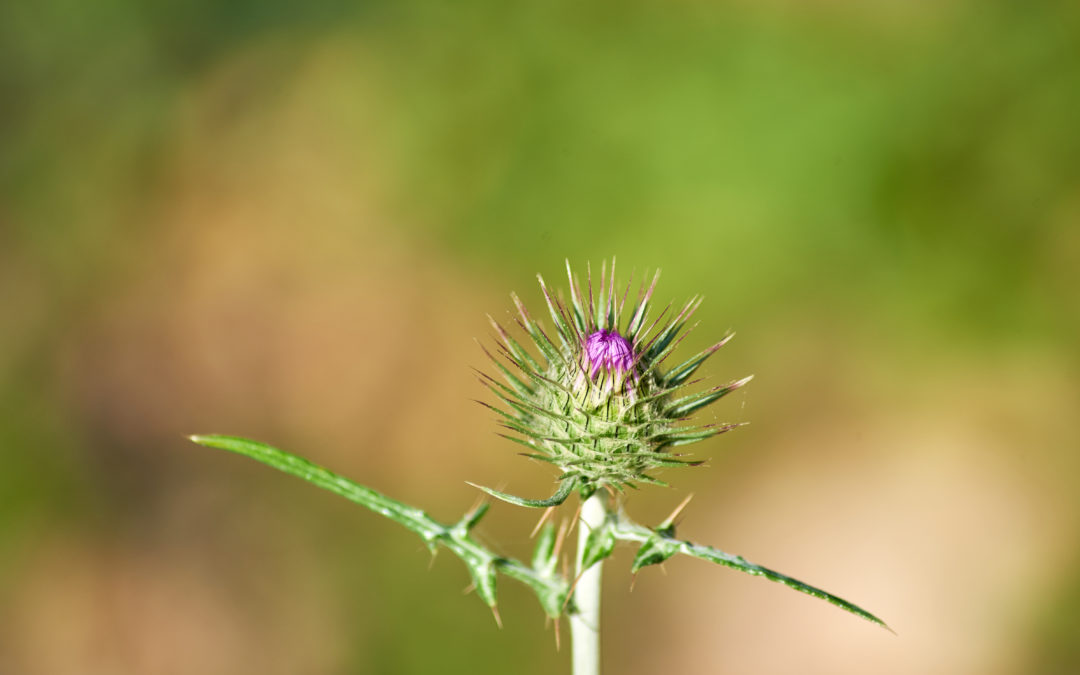As a gardener, you enjoy your flowers, your crops, your beautiful and well maintained lawn. You don’t like any weeds to impinge on your outdoor space and its denizens. But, what is a weed? In actuality what is and isn’t a weed is much more about your views on what belongs in your space, then what a plant’s structure, name or family classification is. Rogue, unwanted plants are often classified as weeds. Should some stray tomatoes turn up on plants grown from stray seeds, such tomatoes will in all likelihood be wanted. No one will call them weeds. Cheery, yellow flowers that turn into fanciful, feathery parachutes before they die are very often designated as weeds. This, despite the fact that dandelions are highly nutritious plants and very valued at some tables.
Mostly plants are given the title of weed when they are fast-growing, ubiquitous and steal nourishment from other, slower, valued plants. Sometimes plants appear that were not planted by the gardener, that are not particularly ill-mannered and seem to keep to a particular portion of the garden. These might be designated as wildflowers and allowed to bloom on. Rogue entities that are foolish enough to fight for space and food and take it from the gardener’s darlings are apt to be ruthlessly removed. If it seems unsure to you whether to consider a plant a weed, or not. Let it grow. If it’s needs are such that it starts to take over the bed, kill it. If it appears able to live peaceably amongst your favorites, why not let it. Plants that are often considered weeds are not innately bad. Many are highly nourishing. That ability to thrive often comes from deep roots that pick nutrients out of the soil. If you must kill them, then consider using them for compost.
Key Takeaways:
- Weeds can be both good or bad depending on what and where they are.
- You can normally identify weeds by seeing where there are plants growing in irregular places.
- You want to be sure and remove weeds before they can go to seed.
“If you have fairly hardy, native, or invasive plants growing where you didn’t plant it, that’s a “weed.””
Read more: https://gardentherapy.ca/identify-weeds/

